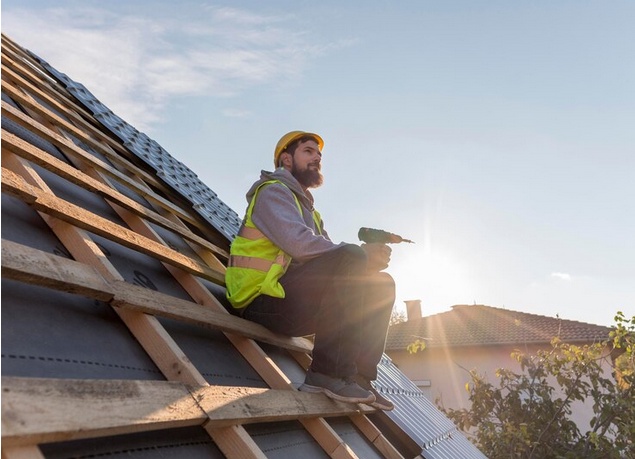Introduction: Unveiling the Importance of Roof Insulation
Roof insulation is a critical element in maintaining a comfortable and energy-efficient home. It acts as a barrier against the transfer of heat, keeping interiors warm in winter and cool in summer. Beyond its impact on comfort, roof insulation plays a pivotal role in reducing energy consumption, thereby contributing to environmental sustainability. However, before embarking on the journey of insulating your roof, it is imperative to understand the costs associated with this essential home improvement.
1. Types of Roof Insulation Materials: Balancing Efficiency and Cost
The first step in comprehending roof insulation costs is recognizing the diverse range of insulation materials available. Each material comes with its unique set of properties, affecting both performance and price. Common options include fiberglass, cellulose, foam board, and reflective foil. Fiberglass, the most widely used, is cost-effective but may require thicker layers for optimal insulation. On the other hand, foam board offers superior thermal resistance but often comes with a higher initial cost.
2. Installation Expenses: Navigating Labor Costs
Apart from material costs, installation expenses constitute a significant portion of the overall investment. The complexity of the installation process varies with the type of insulation chosen. For instance, fiberglass batts may be relatively easy to install, making labor costs more affordable. In contrast, spray foam insulation demands specialized skills, potentially increasing installation expenses. It is crucial to assess whether the insulation material aligns with your DIY capabilities or if professional installation is a necessity.
3. Roof Size and Design: Scaling Costs Proportionately
The size and design of your roof play a pivotal role in determining insulation costs. Larger roofs naturally require more insulation material, impacting the overall expense. Additionally, intricate roof designs with multiple angles and slopes can complicate the installation process, potentially leading to higher labor costs. Prioritize understanding your roof's specifications to make informed decisions about the amount and type of insulation required.
4. Regional Climate Factors: Adapting to Environmental Demands
Climate significantly influences the necessary insulation levels for a home. Colder regions might necessitate thicker insulation to retain heat, while warmer climates may prioritize materials that reflect sunlight. Adapting insulation choices to regional climate demands not only ensures energy efficiency but also impacts overall costs. It's essential to strike a balance between investing in insulation that aligns with your climate and avoiding unnecessary expenses.
5. Energy Savings: A Long-Term Perspective
While the upfront costs of roof insulation may seem substantial, it is crucial to consider the long-term benefits, particularly in terms of energy savings. A well-insulated roof reduces the need for constant heating or cooling, leading to lower energy bills over time. Conduct a cost-benefit analysis to gauge how quickly the initial investment in insulation pays off through reduced energy consumption, providing a clearer picture of the true financial impact.
6. Government Incentives and Rebates: Exploring Financial Support
Governments often incentivize energy-efficient home improvements, including roof insulation, through various rebates and tax credits. Research the available incentives in your region, as they can significantly offset insulation costs. Taking advantage of these programs not only makes insulation more affordable but also contributes to broader sustainability goals.
Conclusion: Striking a Balance for a Cost-Effective Solution
In conclusion, understanding roof insulation cost involves a multifaceted analysis encompassing material choices, installation expenses, roof specifications, regional climate factors, and long-term energy savings. Balancing these elements is crucial to arriving at a cost-effective solution that aligns with your budget and sustainability objectives. While the initial investment may seem substantial, the enduring benefits of energy efficiency and potential government incentives make roof insulation a wise and responsible choice for homeowners. As you embark on this journey, remember that informed decision-making is the key to achieving a well-insulated home that stands the test of time.


No comments yet